Posted October 5, 2019
Welcome back, my friends! Let’s get back on track with my adventures earlier this year in the United Kingdom. This update is longer than most, So I’ve broken it up in two.
May 20, 2019
Our next stop was at the historic city (aren’t they all historic at this point?) of Wells [map]. The city is named for the upwelling of water from springs (probably similar to the source of Bath’s water features).
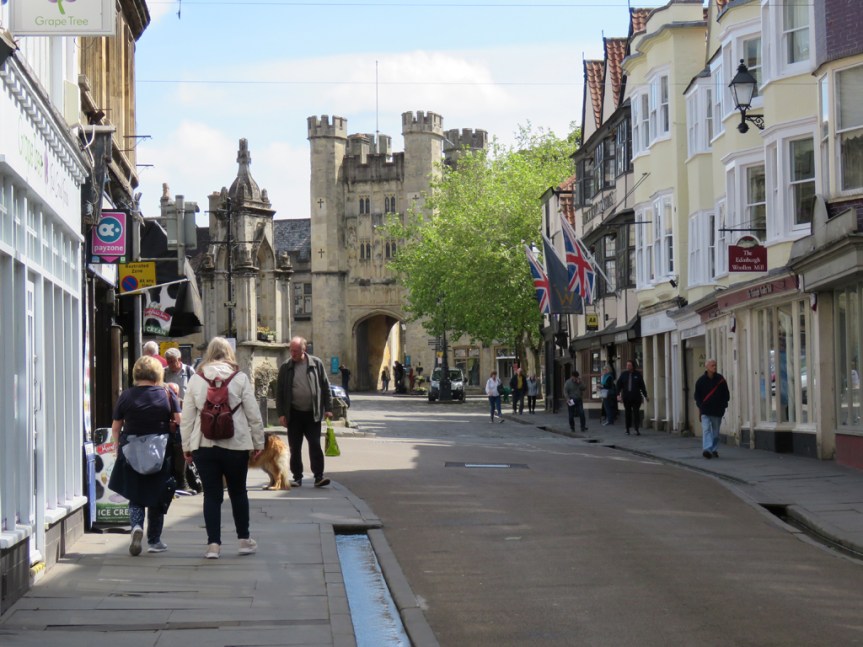
It is also the seat of the Bishop of Bath and Wells – what’s known as a Cathedral – so of course we have a big church (though described as “moderately sized” by historians)!

While it lacks the scaled down whimsy of Bath Abbey’s ascending angels, the saints and popes arrayed along the front are quite impressive and the stonework is beautiful.

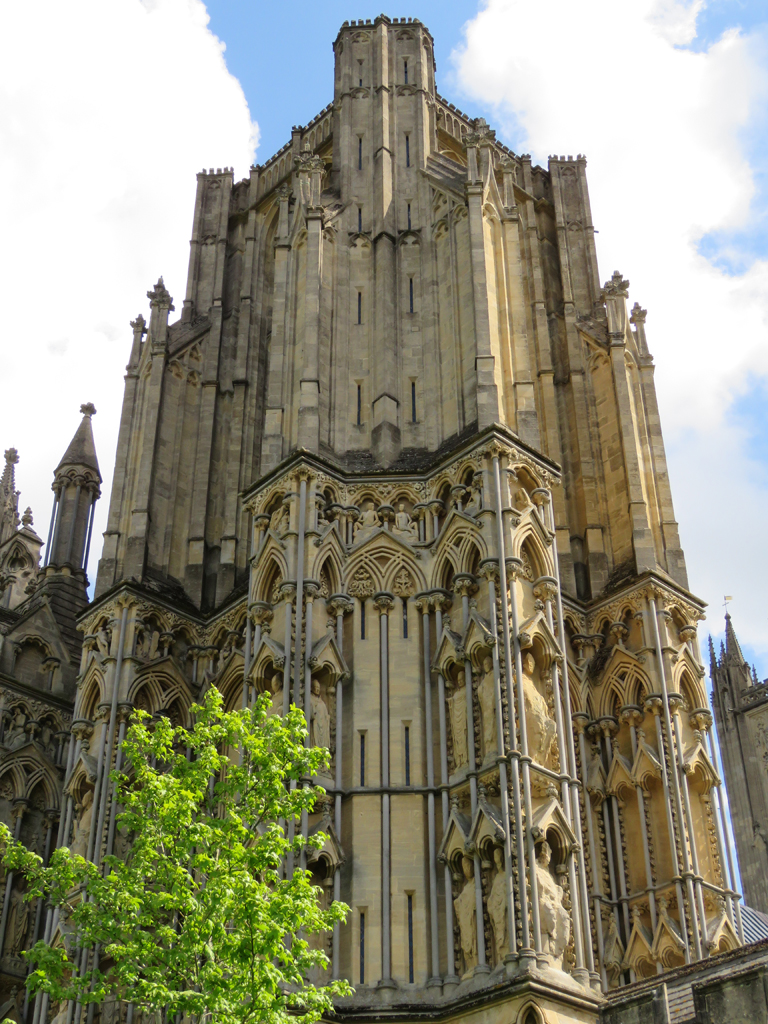
Inside, the church is beautiful and spacious. Like most Gothic structures, it’s surprisingly airy. Even with somewhat dim light, it never felt oppressive or gloomy.

It might be hard to discern by the photos here, but this space is immense. The architects decided to leave the
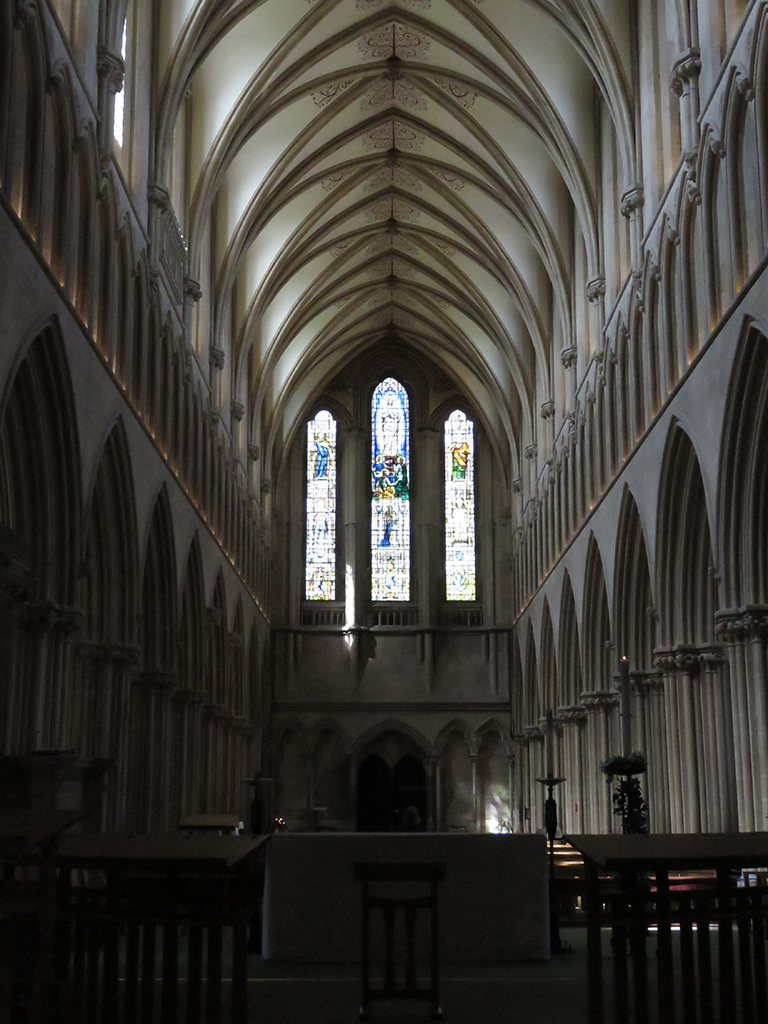
Like most medieval construction, adaptations and changes had to be made as the structure was advanced. Some of this is just because of the simple fact that it took centuries to build these structures. Decades for just the basic functional layout, and then successive additions and adaptations to time and technology. One such engineering stand-out are inverse or “scissor” arches. They were added when the weight of the central tower caused the supports to start sinking. These arches redistributed the load and relieved the stress.

The cathedral also claims to have one of the oldest clocks in the world (although the internal mechanism was replaced in the 19th Century, it has it’s original face, and its time and other indicators were not interrupted). The face has a 24 hour dial and indicators for the phase of the Moon as well as the Moon’s age – or days since the last new moon. Above it is a miniature display of jousting knights that “perform” each hour.

The 13th Century chapter house was also impressive. Chapter houses were meeting rooms for church officials, and this one is still used for social events and other meetings from time to time.
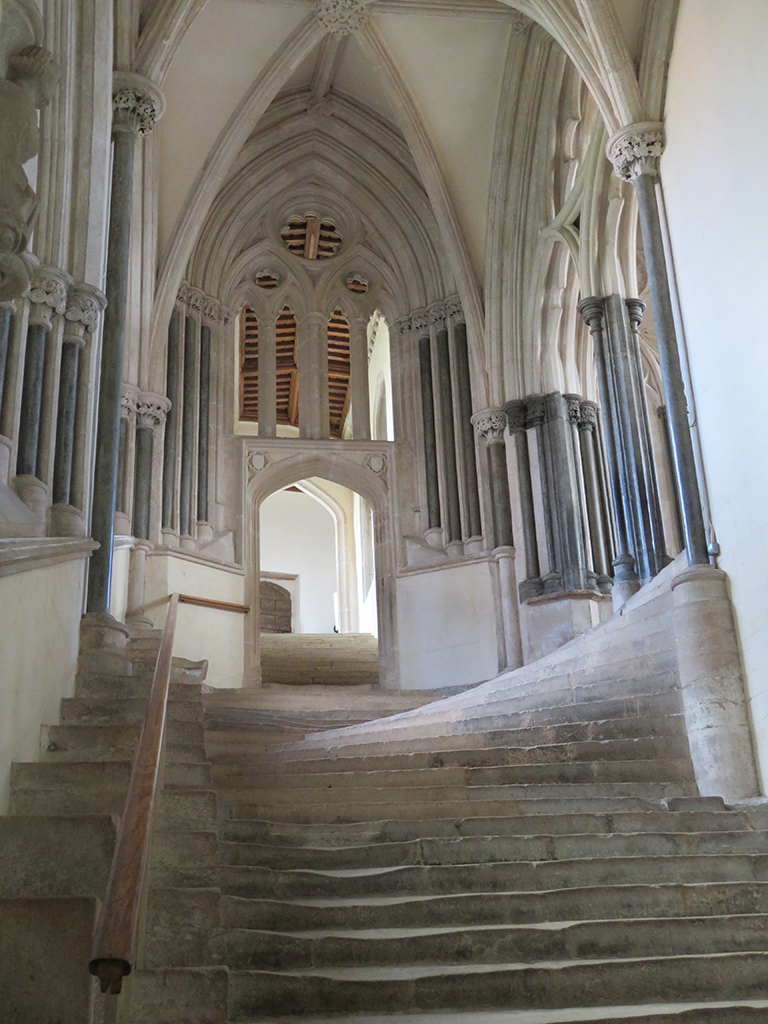

The scope and intricacies of the church are truly monumental, and I encourage you to check out more details at the Cathedral’s official website:
https://www.wellscathedral.org.uk/
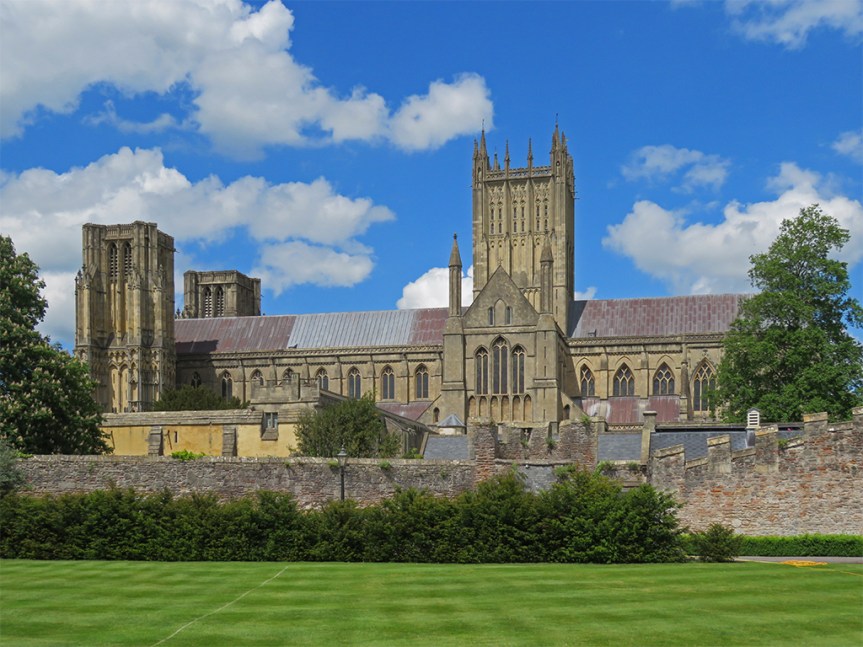
Adjacent to the cathedral is the Bishop’s Palace, home to the bishops of Wells for centuries (though these days, most of the palace is a museum and public space). Stay tuned for Part 2!
